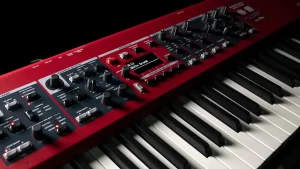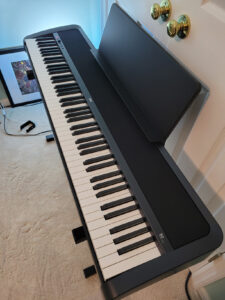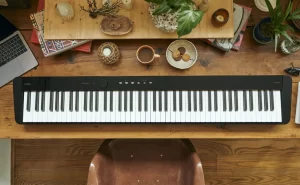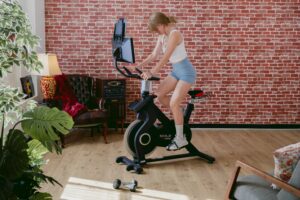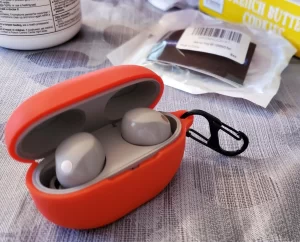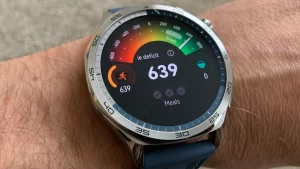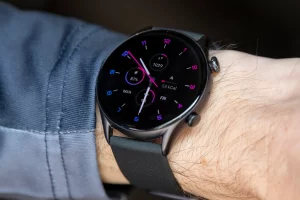A Detailed Review of the Roland FP-30X Digital Piano
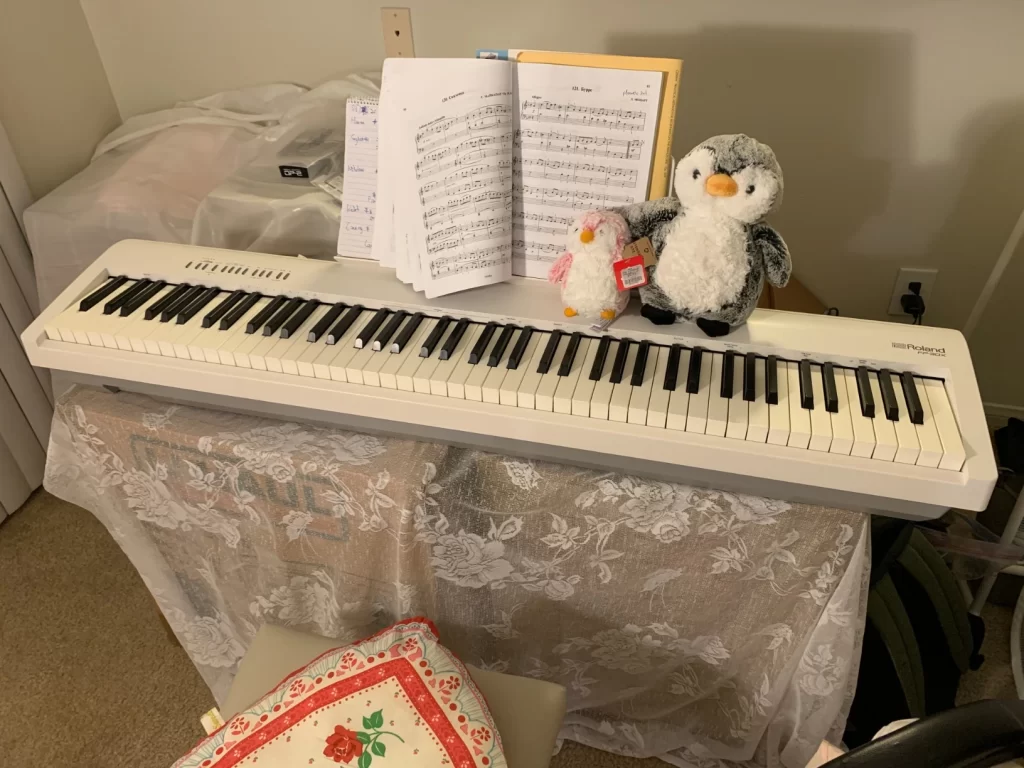
I’ve spent some time with the Roland FP-30X, and I want to share my thoughts in as much detail as I can. This digital piano sits in a sweet spot for people who want more features than an entry-level piano but don’t want to spend too much. It’s part of Roland’s FP-X series, which offers a range of models for different needs. The FP-30X stands out because it balances good performance with a reasonable price.
Design and Build
The FP-30X is slim and compact. It doesn’t take up a lot of space, so it fits well in smaller rooms or apartments. The design is modern and simple, with clean lines. It’s not flashy, but it looks good enough to fit into most homes. What I liked most about the design is how lightweight it is. If you need to move it around, it’s not a hassle.
There’s an optional stand (the KSC-70) and a three-pedal unit (the KPD-70) you can add to make it feel more like an upright piano. I didn’t get the chance to use those, but they’re worth considering if you want a more traditional setup. Without the stand, it works just fine on a regular table or a portable keyboard stand.
Sound Quality
For me, the sound quality of a digital piano is one of the most important features, and the FP-30X does not disappoint. It uses Roland’s SuperNATURAL Piano sound engine, which is known for producing realistic piano tones. The sound is rich and expressive. Whether you’re playing softly or pressing the keys with more force, the piano responds well.
The built-in speakers are powerful. They’re rated at 22 watts, which is enough to fill a medium-sized room. I found the sound to be clear and balanced, whether I was practicing quietly or playing louder pieces. There’s also a feature that adjusts the sound if you place the piano on a desk, which I found helpful.
Apart from the main piano sound, the FP-30X offers a variety of other tones. There are electric pianos, organs, strings, and even some synthesizer sounds. These extra options are fun to explore. I found myself switching between sounds during practice sessions just to try something different.
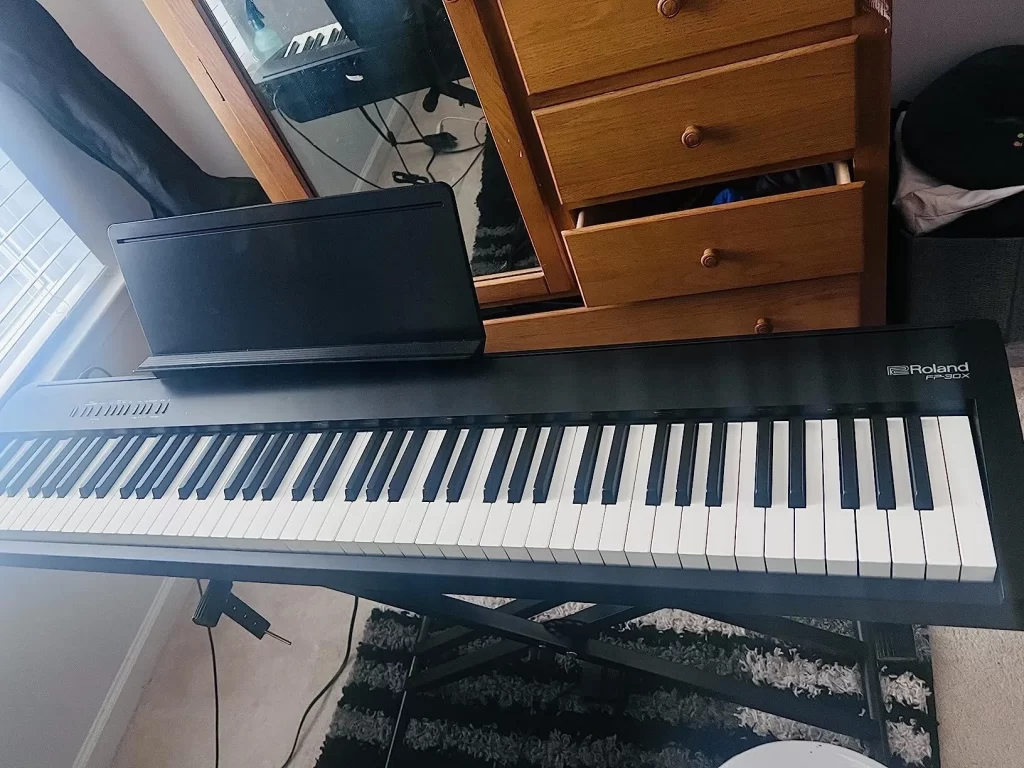
Keyboard Feel
The keyboard on the FP-30X uses Roland’s PHA-4 Standard action. This is a weighted keyboard, which means the keys feel similar to those on an acoustic piano. The weight of the keys changes slightly depending on where they are, with lower keys feeling heavier and higher keys feeling lighter. This feature mimics the behavior of a real piano.
The keys are also touch-sensitive, meaning they respond to how hard or soft you press them. This makes playing feel more expressive. For someone like me, who has played on both acoustic and digital pianos, this keyboard feels comfortable and realistic.
Features and Connectivity
One thing I appreciated about the FP-30X is its Bluetooth functionality. It supports both Bluetooth audio and MIDI. I used it to connect my phone and play along with backing tracks, which made practice more engaging. It also worked well with music apps, including Roland’s own Piano App. Through the app, I could adjust settings, change sounds, and set the metronome without needing to navigate through the piano’s menu.
That said, it’s worth mentioning that the FP-30X doesn’t support Bluetooth headphones. If you like practicing quietly with wireless headphones, this might be a downside. You’ll need to use wired headphones instead.
The piano also has USB connectivity, which lets you connect it to a computer. This is great if you want to use it with recording software or virtual instruments.
Speaker System
The speakers on the FP-30X are one of its strong points. As I mentioned earlier, they’re rated at 22 watts, which is quite powerful for a digital piano in this price range. The sound they produce is full and room-filling.
During my time with the FP-30X, I tried placing it in different parts of my home to see how it performed. In smaller spaces, I didn’t even need to turn up the volume much. In larger rooms, the sound still held up well.
If you’re planning to use the piano for performances in small venues, the speakers should be enough for the audience to hear you. For larger spaces, you might need to connect it to an external sound system.
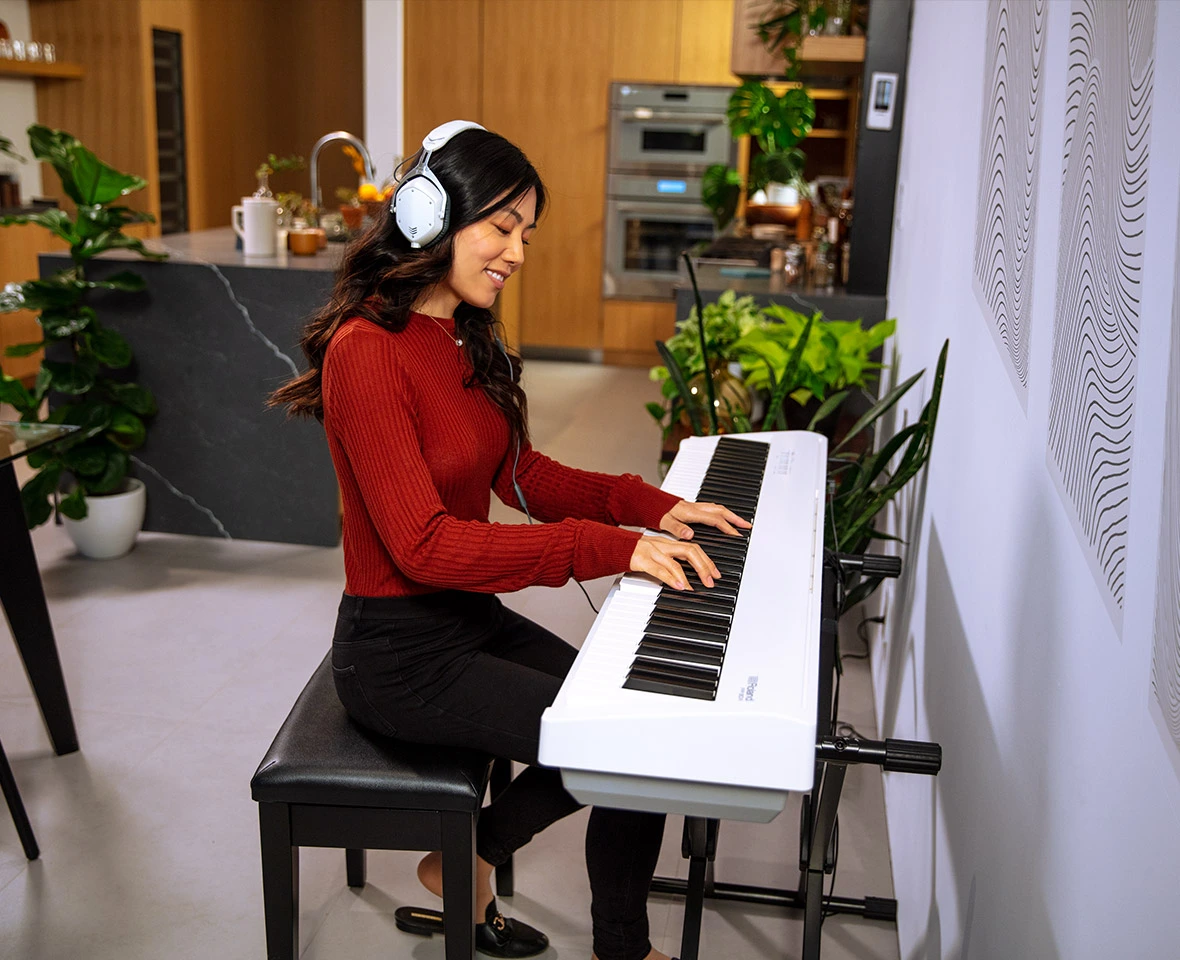
Use in Different Settings
The FP-30X is versatile enough to fit into various scenarios. For home use, it’s excellent for practice and casual playing. The compact size means it doesn’t dominate a room, and the good sound quality makes practice enjoyable.
For students, it’s a solid choice. The realistic keyboard feel and expressive sound help with developing technique and dynamics. If you’re learning or teaching, the Bluetooth connectivity and app support add more value.
I also think it works well for small performances. Whether it’s a small event or a casual gig, the piano is portable enough to take with you, and the built-in speakers are powerful enough for most smaller settings.
What Could Be Improved
While the FP-30X is a great digital piano, there are a few areas where it could be better. First, the lack of support for Bluetooth headphones is a bit limiting. Wireless headphones are becoming more common, and it would’ve been nice to have that option.
Second, while the additional sounds are nice to have, they might feel limited to someone who likes experimenting with a lot of tones. For most people, the selection will be more than enough, but it’s something to keep in mind.
Finally, the onboard interface could be simpler. Most of the time, I used the Roland Piano App to adjust settings because navigating the piano’s buttons felt a bit clunky.
Final Thoughts
The Roland FP-30X is a well-rounded digital piano. It balances good sound quality, a realistic keyboard feel, and useful features in a compact design. For anyone looking for an instrument that’s affordable but doesn’t compromise too much on performance, it’s a great option.
I found it enjoyable to play and versatile enough for different needs. Whether you’re practicing at home, learning piano, or performing at small events, the FP-30X fits the bill. It has its quirks, like the lack of Bluetooth headphone support, but those don’t take away from the overall experience.
If you’re considering this piano, think about your needs. If you want a digital piano that feels and sounds close to an acoustic one, the FP-30X does a great job. And if portability and modern features like Bluetooth are important to you, it checks those boxes as well.

